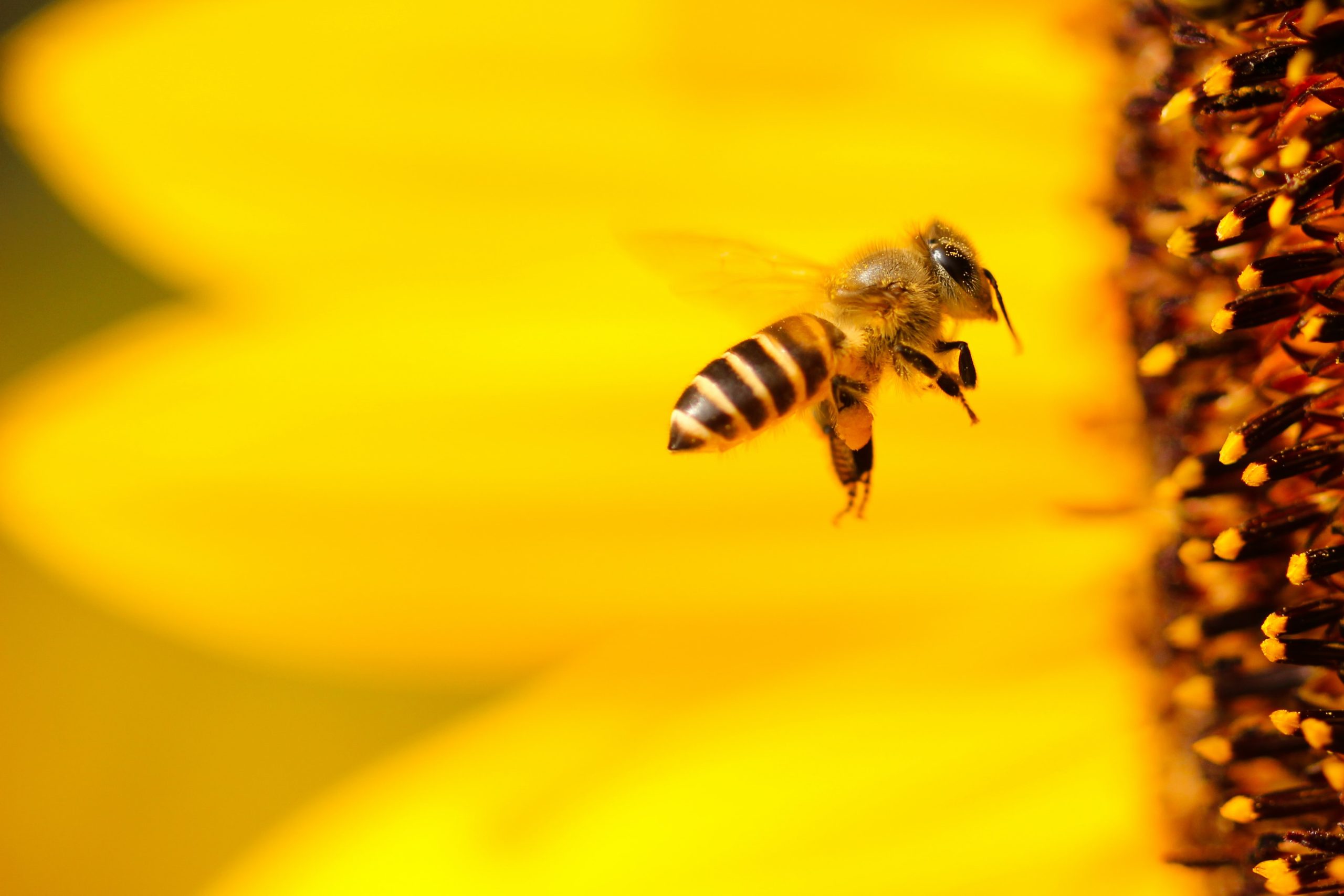Pollination is when pollen is transported from the anther (male part) of a flower to the stigma (female part) of the flower, the first and essential step in producing seeds, fruits, and the next generation of plants. Some plants can do this by using the wind, but others, between 75-95% of the world’s flowering plants, need help doing this, which is where pollinators come to play. Pollinators, which are bees, birds, bats, moths, flies, and more, transport pollen between these parts of the flowers as they move around to feed. They are responsible for adding about 217 billion dollars to the global economy for this essential work.
Unfortunately, climate change, land use transformations, pollution, and other factors have resulted in a decline in most pollinator populations. There are many methods available that you can use to help these essential populations thrive again.
Donate to professionals
Many people have devoted time and resources to understanding our pollinators and have therefore discovered methods to support them. By donating to some of these professionals, you can help them advocate for conservation and restoration techniques and more.
Increase habitat area for pollinators
A method that is rising in popularity is to increase habitat for pollinators. This can be done by creating pollinator gardens, setting up human-made beehives and bird houses, etc. The University installed its first pollinator garden last fall at the Witmer House.
Plant the correct plants
Certain plants provide different benefits to pollinators and can provide them with food and shelter at different times of the year. Be sure to look into what types of plants you are planting, what they attract, and for which time periods they provide benefits to pollinators.
Spread the word
Awareness about the state and importance of pollinators is lacking, so spreading the word can go a long way. By increasing the number of people who care about this matter, we get both more support on an individual level, but also a stronger voice in our communities to support larger impacting methods of support.
Advocate for sustainability
Lastly, sustainability is about having a cycle in our world. This means that populations are not on a decline, temperatures are relatively stable, species are not having their homes taken away from them, and so much more. The wellness of the pollinator populations is a big part in sustainability, meaning that your support for sustainability in general will be helping so many populations.
To summarize, pollinators play a large role in our society and especially to our food and wildlife. With their populations on the decline due to human activity, we need to find as many ways as possible to support pollinators. Through individual projects and larger support efforts, we can all contribute to the wellness of our pollinators, and thereby to the wellness of our food systems, economy, and our fellow humans.
Written by Zein Tynon ’24.
Photo by Boris Smokrovic on Unsplash
Sources:
https://www.pollinator.org/pollinators
https://www.nps.gov/subjects/pollinators/what-is-a-pollinator.htm


Nice post!
Hi, I went through your blog, it is really nice, the tips you have shared are really helpful. Hoping for some more content in future . Keep sharing more information like this.